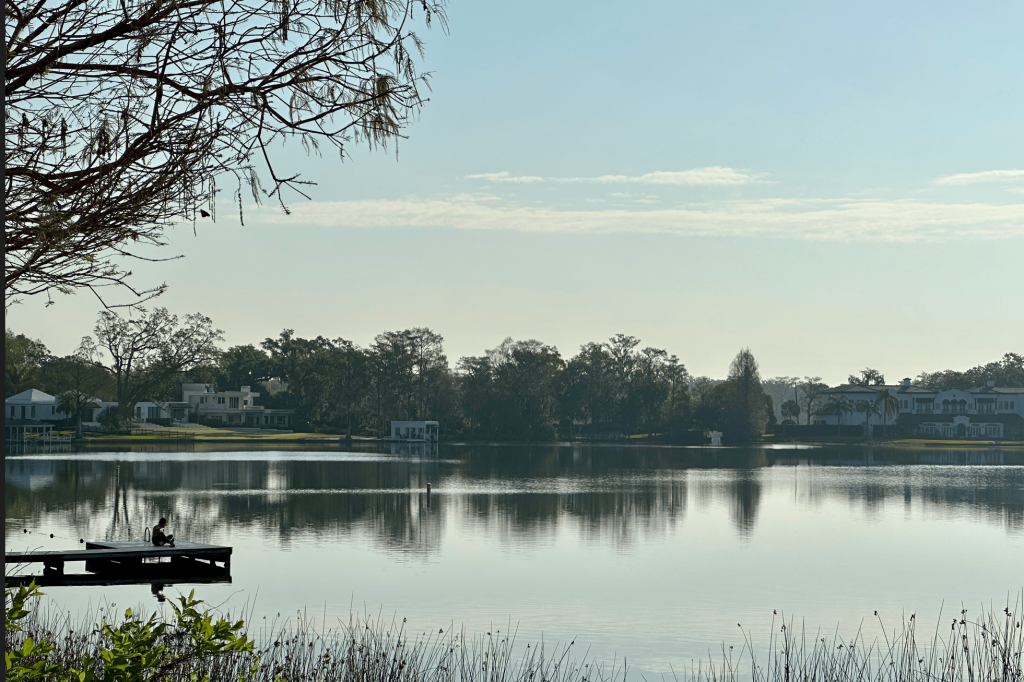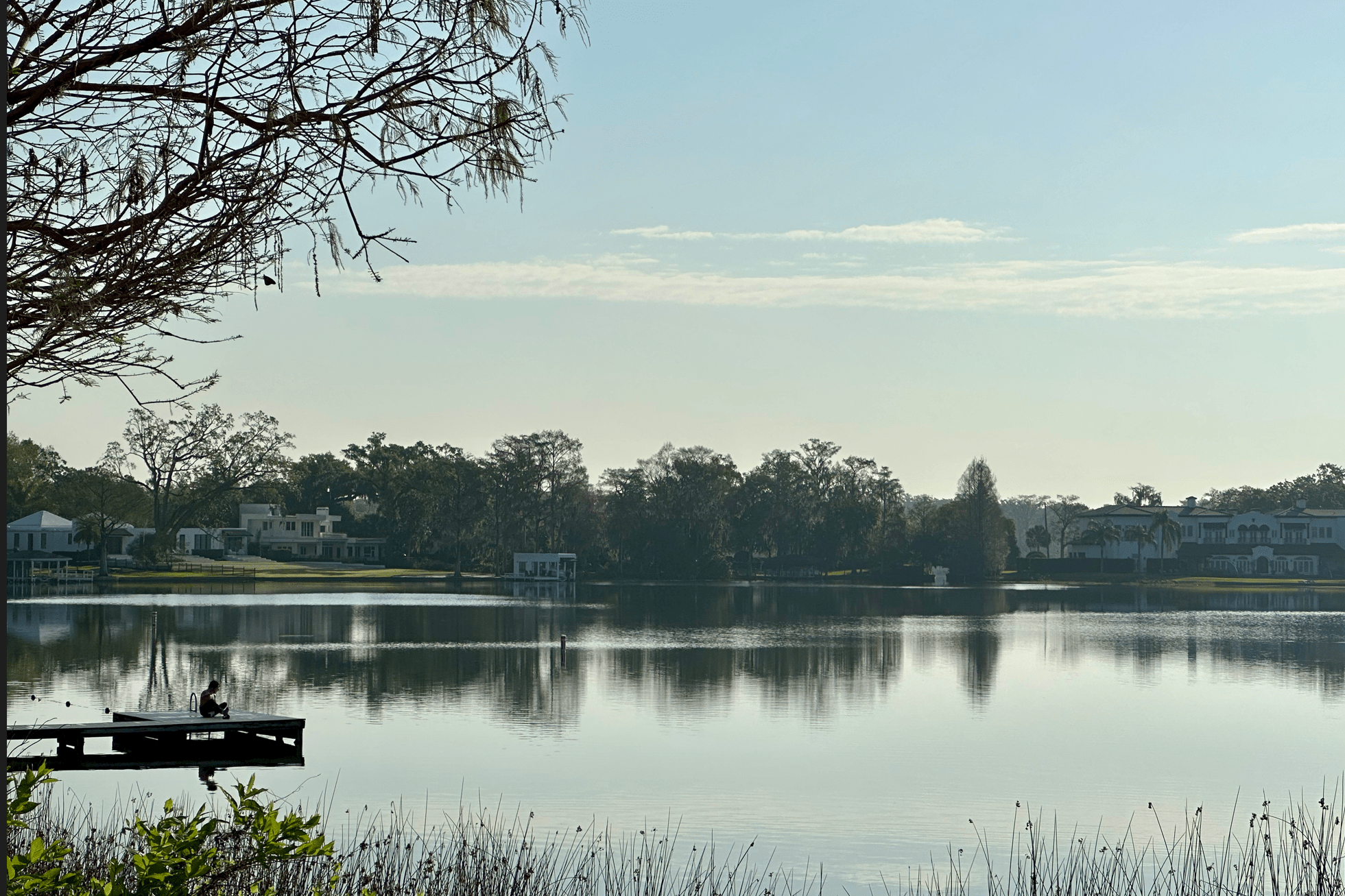
Bacteria are everywhere: the air, inside of your body, the bottom of the ocean, you name it. It should come as no surprise, then, to know they are also in Lake Virginia.
On Feb. 10, you may have recalled seeing an email sent by the Rollins Public Information Officer telling us not to swim at Dinky Dock. The sailing, crew, and waterski teams could not practice due to high levels of cyanobacteria present in Lakes Baldwin, Maitland, Osceola, Sue, and Virginia. As of March 5, Dinky Dock Park remains closed to swimming until further notice.
The Winter Park Chain of Lakes is connected by man-made canals, which you may have gone down if you’ve ever been on the Winter Park Boat Tour or if you’ve rented a paddleboard on campus. Because the lakes are connected, what impacts one will impact another. Bacteria can easily spread from one lake to another, just like we easily spread germs by breathing or sneezing.
Small amounts of cyanobacteria are natural within our water bodies, according to Dr. Emily Nodine, Environmental Studies professor who specializes in Ecology. In excess, though, they “can give off toxins as a byproduct of their respiration.” Nodine also stated that cyanobacteria blooms are often caused by high temperatures and nutrient inputs, meaning increased levels of nitrogen and phosphorus. These elements provide nutrients that allow plants to grow, which is why they are common components of fertilizers. However, these nutrients are also harmful in excess because they allow certain organisms, like cyanobacteria, to grow too swiftly.
Last semester, Environmental Studies senior Jeremy Laplanche (‘23) took BIO 316: Ecology with Dr. Kathryn P. Sutherland and researched the ecological health of Lake Virginia and Howell Creek in Mead Botanical Garden. Laplanche’s “results were consistent with peer-reviewed studies and Florida Lakewatch parameters for hypereutrophication or eutrophication.” Eutrophication refers to a waterbody that has become saturated with nutrients. He concluded the runoff from Rollins and the housing on the shoreline contribute to this, but so do the impacts of Hurricanes Ian and Nicole “with winds that resuspended nutrient-rich lake sediments and either sewage system or septic tank failures which increased fecal coliform numbers.”
Gloria Eby, Director of the Natural Resources & Sustainability Department for the City of Winter Park, informed that there are ways to keep this from happening, stating “since anthropogenic activity is a contributing factor, reducing nutrients within our watershed – such as nitrogen and phosphorus sources – and our carbon footprint can aid in slowing growth production.” Common nutrient pollutants, like fertilizer, leaf litter, and dog poop, often end up in lakes and lake systems as “runoff” from rain or sprinkler systems. While some of these sources may end up in lakes without anthropogenic, or human, activity, our day to day lives often inflate this pollution.
To address the strain fertilizer places on our lakes, Laplanche suggested a stricter fertilizer ordinance or emphasizing growing native plants. Native plants do not require much extra fertilizer or water considering they are adapted to Florida’s conditions.
An increase in warmer temperatures caused by climate change can lead to increased cyanobacteria growth, so reducing our own carbon footprint and supporting climate change mitigation will help to reduce this unfortunate side effect. Nodine went on to share that a cyanobacteria bloom is unusual for this time of year, considering it should be cooler and drier. Less rain should mean less runoff, and thereby less nitrogen and phosphorus should be making their way to the lakes.
Cyanobacteria blooms are abnormal for this time of year, but the City of Winter Park tries to be proactive in preventing these occurrences. If you are interested in making a difference, check out one of their litter cleanups, native aquatic planting, and tree planting events.







Comments are closed.